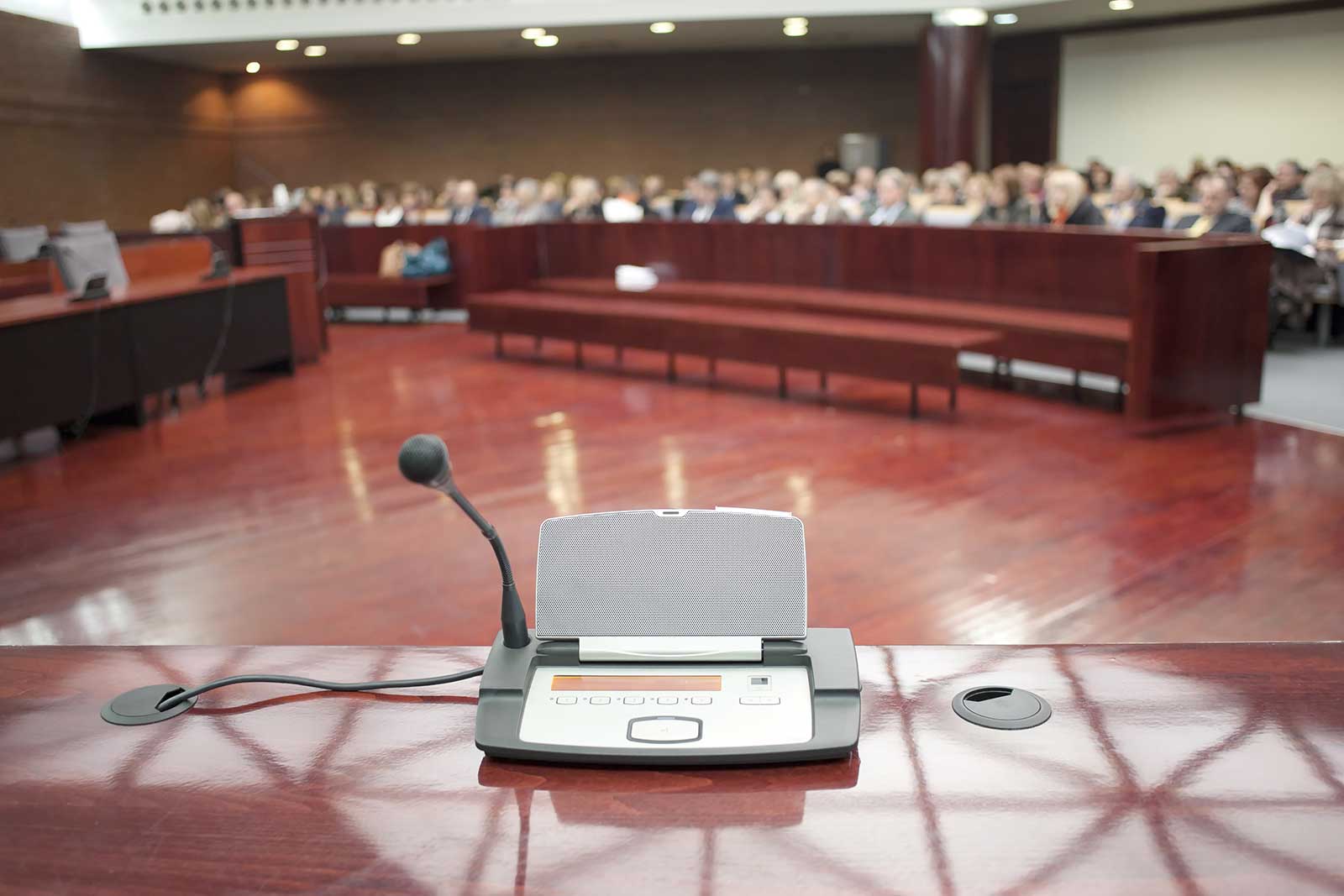Walking a fine line in court interpretation
- Emily Feng
- September 13, 2016
- 6,667 views

An investigation by PBS News into courtroom interpretation has found that the interpretation provided by local and state courts often falls far short of acceptable quality levels.
In one of the most colorful examples of misinterpretation, a Spanish-speaking defendant was told he was being tried for rape rather than the routine traffic ticket he thought he had been brought into court for. When asked about a simple “violation” of the law, the defendant was instead asked something far different. That’s because the correct Spanish translation for “violation” is “infracción,” not “violación” as used by the court interpreter, which means “rape” in Spanish.
Had the courts used Stepes’ new One-on-One service, this kind of miscommunication would not have happened. One-on-One allows anyone to hire a personal translator for up to an hour to translate audio, text, or images. It’s the perfect solution for a businessman, court, or even individual traveler to obtain instant, high quality interpretation.
Its mobile translation platform draws on a rapidly-growing pool of 60,000 human translators, many of whom are subject matter experts who translate in a wide scope of domains, including law. Because Stepes is easy to use and accessible to anyone with a smartphone, it is able to tap into a bilingual talent pool of highly qualified people with expertise in very technical industry areas who are able to better provide much better translation. Think about it: why trust your legal interpretation to someone with no prior experience with legal terminology?
25 million people have limited proficiency with English – and that’s just in the United States. Stepes One-on-One audio translation fills a crucial gap between the demand for interpretation and the current under provision of translation services.
Multilingual courtroom interpretation is actually mandated by law. The US Department of Justice has explicit rules which require states to provide interpreters at all courts. Noncompliance with these federal laws risks losing federal funding, a potentially catastrophic penalty for state courts. The reasoning behind this is that not providing free court interpretation is equivalent to discrimination based on race and language background.
In other words, justice is blind to language. However, that does not mean that courts can turn a blind eye to language.
However, courts have struggled to provide quality translation.
Even when states do provide translators, they are not always certified. Eight states in the US do not mandate certification of court interpreters and enforcement of existing certification schemes is not always followed. In the absence of qualified interpreters, courts sometimes have to resort to using someone nearby who may be able to speak both languages but is inexperienced in providing translation of technical or even basic terms.
As a result, unfortunate mistranslations like the mix-up between “violation” and “rape” occur.
Governments have taken action. A 2010 letter from the Justice Department sent to state courts reminded them of the interpretation practices that are forbidden by law. These include not providing interpreters for every type of legal proceeding, charging for translation services, or even not providing language assistance for legal procedures that do not happen directly in the courtroom.
Yet without assistance, local and state courts will struggle to implement any future reforms. Hiring and training interpreters is a long process and logistically complex to coordinate. It requires a commitment of resources and management to execute successfully. States have tests that vary in difficulty, meaning that ensuring quality in interpretation is still an unanswered question. These challenges are in part due to limited resources and in part due to inefficiencies created by the historic lack of innovation within the language space.
That’s why One-on-One comes just in time. Stepes uses the connective power of mobile and the wide scope of “Big Translation” to provide faster, better translation for more people.











